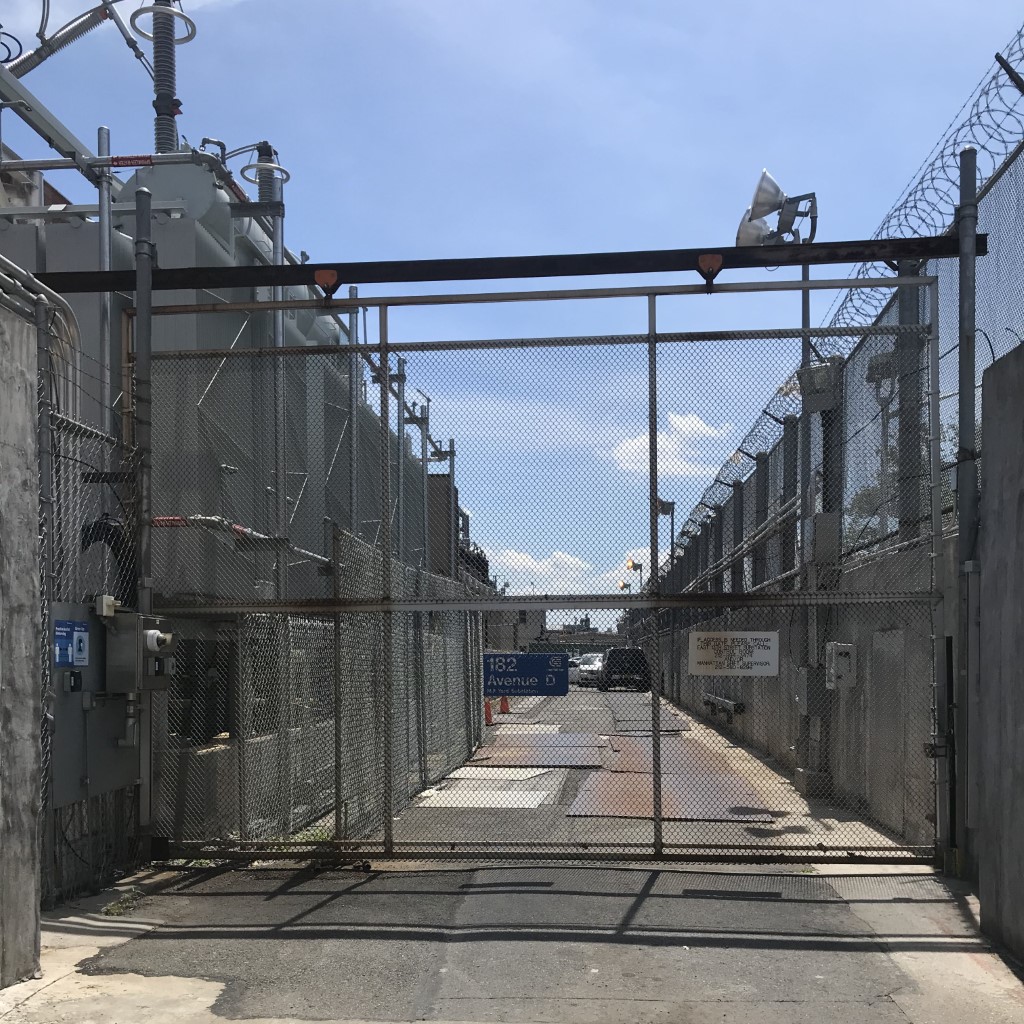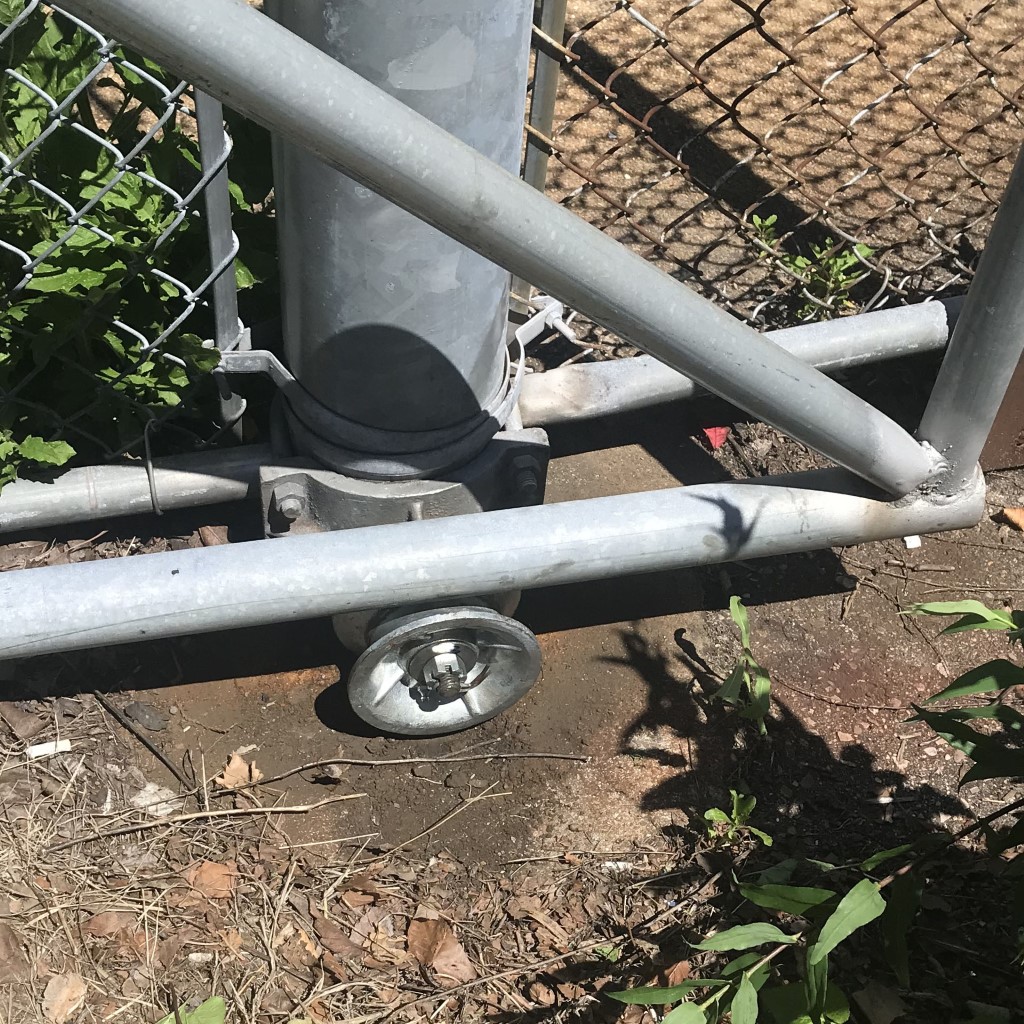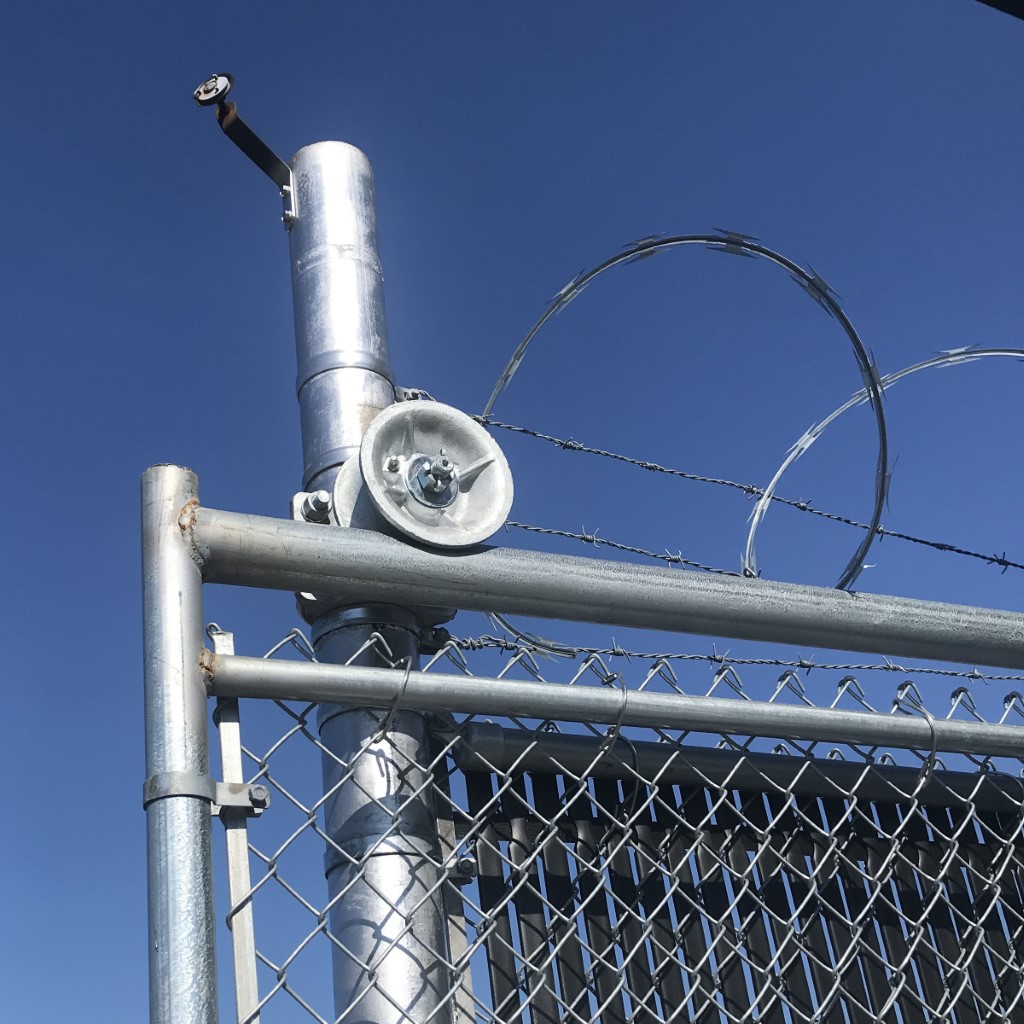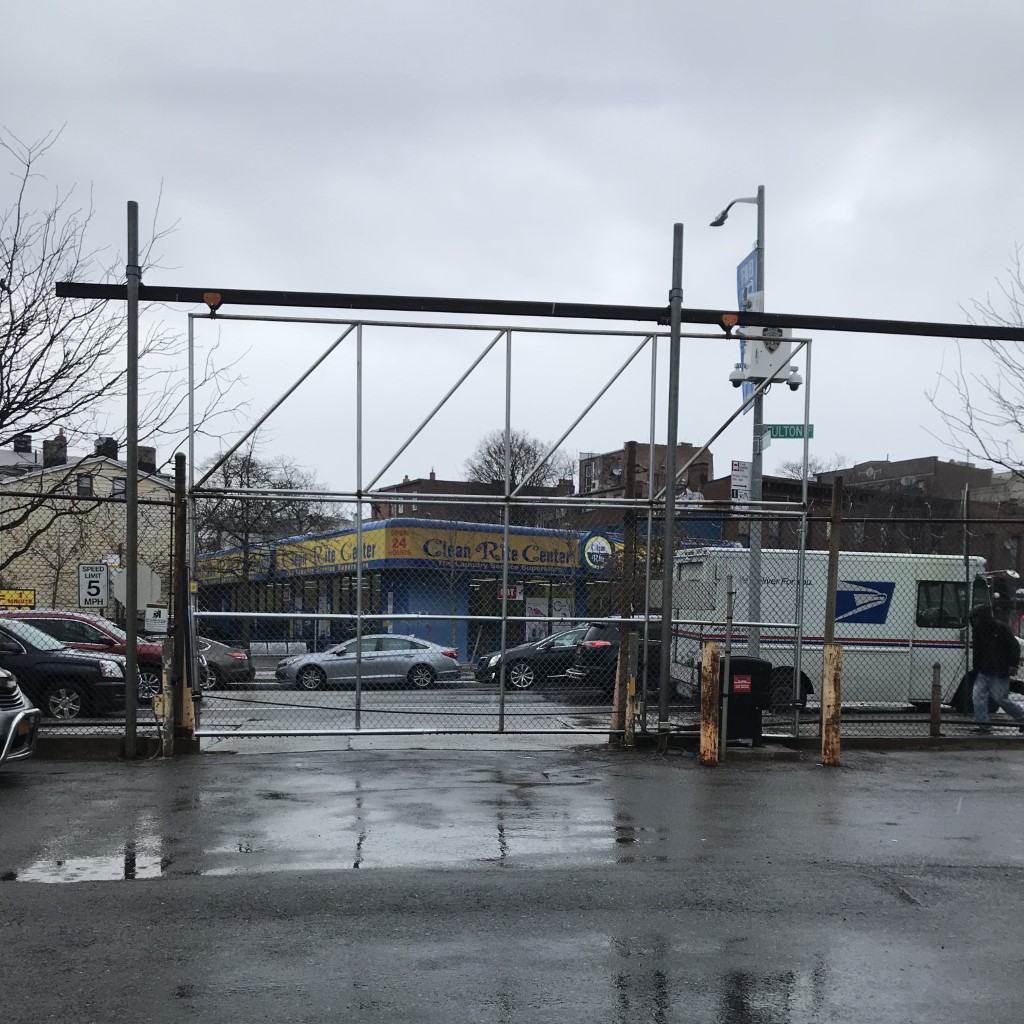While there are many types of gates for industrial applications, the cantilever sliding gate and the I-beam gate are the two most popularly deployed to secure yards and large fenced lots.
But what’s the difference between the two? Generally speaking, a cantilever sliding gate has some of the rollers above the gate panel, and some supporting it from below. In contrast, an I-beam gate has all of the supporting rollers above the gate panel (body of the gate).

On an I-beam system, there is an I-beam secured above the fencing from which the gate hangs. The gate rolls along, using the beam as a guide. On the most widely used cantilever systems, the gate rests on top of bottom-mounted rollers, and then the gate itself is sandwiched under top rollers that hold it down in place as it slides. The rollers have a valley along their edges, providing a guide in which the gate frame rolls.


There are other differences as well
- I-Beam gates can be larger and heavier, and often can span a greater distance.
- I-Beam gates tend to be much more heavily constructed.
- They use very different kinds of rollers, where I-beam rollers mount to the top of the gate frame, and cantilever rollers mount to the fencing, instead of the gate.
- Sliding gates tend to have a lower profile.
- Sliding gates need a longer gate leaf –about ⅓ of the gate never fills the opening, but instead acts like a tail, counterbalancing the front end of the gate.
- While I-beam gates generally open to the left or right, some cantilever systems can have double gates and double motors, allowing them to close an opening both from the left and the right simultaneously.
- Cantilever sliding gates take up no head space, allowing for very tall vehicles to pass through them without consideration for their height, where I-beam gates have the I-beam above the gate opening, limiting how tall of a vehicle can pass.


There are, however, some similarities
- Both can use all of the same automated safety systems and control devices.
- Both can have added security using barb wire or razor wire.
- Both can be industrial applications preferred for vehicle passage rather than pedestrian use.
- Both use the same kind of motor operator.
- Both are often made of steel chain link fence.
- Both can be made of ornamental aluminum fencing for a more elegant, people friendly appeal.

Other, less popular systems exist, such as box gates and side-mounted track systems, but they are much more rare for industrial applications.
No matter what system you need, American Door can help you select what’s best for your application, custom build anything you need that is specific to your security and terrain, and completely install the system, from breaking ground to the final finishes.
